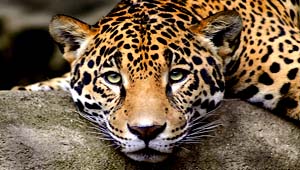- Home
- Wildlife Nepal
- Langtang National Park
LANGTANG NATIONAL PARK AREA (1,710 SQ. KMS.)
 |
Location:
Situated in the Central Himalaya, Langtang is the nearest park from Kathmandu. The area extends from 32 km north of Kathmandu to the Nepal-China (Tibet) border.
Features:
Langtang National Park encloses the catchments of two major river systerns: one draining west into the Trisuli Rfver and the other east to the Sun Koshi river. Some of the best examples of graded climate conditions in the Central Himalaya are found here. The complex topography and geography together with the varied climatic patterns have enabled a wide spectrum of vegetation type to be established. These include small areas of subtropical forest (below 1000 m), temperate oak and pine forests at mid-elevation, with alpine scrub and grasses giving .way to bare rocks and snow. Oaks, chir pine, maple, fir, blue pine, hemlock, spruce and various species of rhododendron make up the main forest species. Along with the existing forest cover, approx. 25% of the total area provides habitat for a wide range of animals including wild dog, red panda, pika, muntjack, musk deer, Himalayan black bear, Himalayan tahr, ghoral, seraw, rhesus monkey and common langur. The Trisuli-Bhote Koshi forms an important route for birds on spring and autumn migration between India and Tibet.
About 45 villagse (846 households=ca. 4500 people) are situated within the park boundaries, but they are not under park jurisdiction. In total, about 3000 households (ca. 16,200 people) depend on the park resources for wood and firewoad. Culturally the area is mixed, the home of several ethnic groups which have influenced the natural enviroment over the centuries.